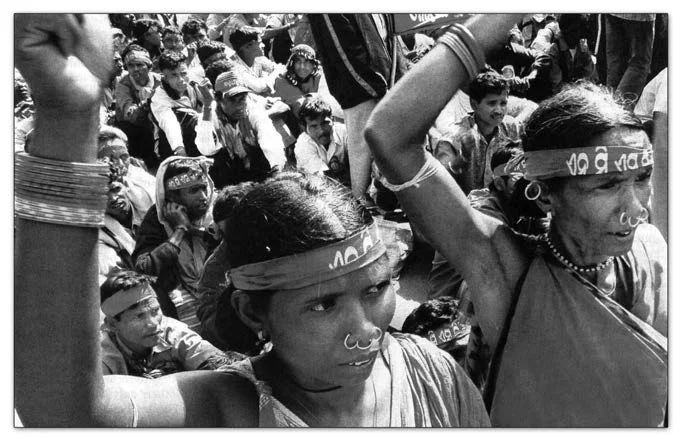![]() 12 Dec 2023
12 Dec 2023
‘Tribe’ is a modern term for communities that are very old, referring to some of the earliest inhabitants of the Indian subcontinent.
In India, these tribes were characterized by not adhering to religions with written texts, not having traditional state structures and not exhibiting class divisions.

A tribal village fair
In terms of positive characteristics, tribes are classified according to their permanent and acquired traits.
Permanent Traits of Tribal communities in India:
Let’s study permanent traits which mainly include region, language, physical characteristics and ecological habitat.
| Demography Diversity: Mapping the Tribal Landscape Across India’s Regions |
|
| Language: Linguistic Landscape of Tribal Community in India |
|
| Physical-racial classification of Indian tribes |
|
| Variety in Unity: Understanding the Diverse Sizes of Indian Tribal Community |
|
Table: Permanent Traits of Tribes
Classification based on acquired traits uses two main criteria: their mode of livelihood and their extent of incorporation into Hindu society, or a combination of both.
| Sustaining Livelihoods: Diverse Modes in Tribal Community |
|
| Interplay of Assimilation: Tribes and Hindu Society Dynamics in India |
|
Table: Acquired Traits of Tribes

Agitation by tribal women
<div class="new-fform">
</div>